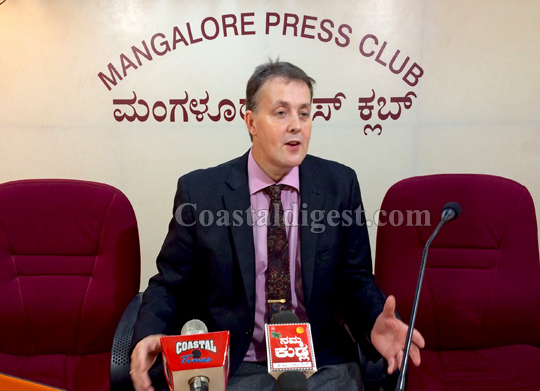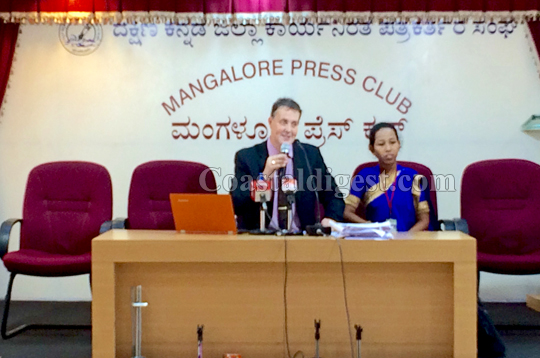Mangaluru, Mar 23: : Around 68% of degree boy students watch rape and child porn seven hours per week, while 28% of degree girls in namma Kudla watch it on an average of three hours per week, according to Rescue, an NGO that conducted a survey on consequences of violent porn and teen porn.

Giving details of the survey on Wednesday, Abishek Clifford, CEO, Rescue, said the survey was carried out in 25 colleges in the city, comprising 500 students. The target age was 16-21 years. "Around 38% boys watch violent porn, including on average 11 per week, while 1,900 new students start watching rape each year and during their PU/degree years, they will have seen 2,900 rapes!" said Abhishek, quoting the survey results.
This watching of porn inspires rape and illicit activities, a fact that students agreed on during the survey, while 78% students agreed that porn is progressive and addictive. Around 87% of respondents said it leads to sexual activities and according to the students, 32% are sexually active with their partners. "This is also leading to unwanted youth pregnancies. According to our survey, each year 1,000 teen girls in Mangaluru get pregnant and undergo abortions," said Abhishek.
Watching rape videos also provokes teens to actually rape someone. The survey reveals that 82% said watching rape gives rise to a desire to rape someone in reality. "Even if 10% act on this desire, it would mean we are training 160 new rapists a year in Mangaluru city," according to Abhishek. He added that 75% said it also inspires them to go to prostitutes, while 37% actually do it.
To avoid all this, banning teen and rape porn on the internet is the only solution. He said soon after completing the survey across India, the NGO would file a Public Interest Litigation (PIL) to ban such content from the internet. Asked where such content gets uploaded, Abhishek said it is done in foreign countries where trafficked girls are raped every day, as it is with child porn.
He added that in the past six years, more than 250 teen girls from Mangaluru are abducted by human traffickers and forced into sexual exploitation. "While 50% boys watch child porn, 70% of porn sites have such content." To combat the situation, awareness among teenagers and a complete ban of content from the web is the only solution, he pointed out.






Comments
First of all block all sexual and violent sites on internet. And file case on sharing such videos on social media and whatSapp. And most of all these responsible students ( children of good parents ) must have known the economic theory. When demand increases supply increases. So stop watching this and stop the demand. Stopping the demand will save many girls from being forced into such tragedies.
Add new comment